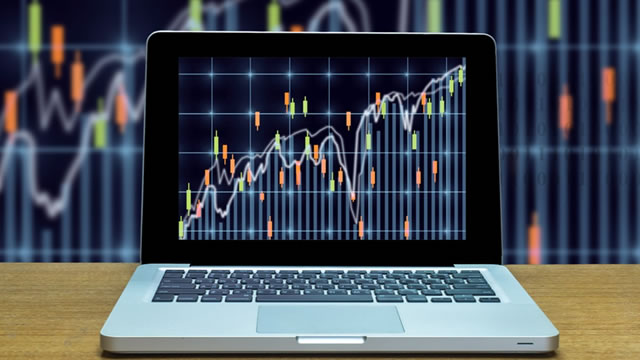The Indian Rupee Hits All-Time Low Against USD
Have you checked the latest exchange rates lately? If not, you may be surprised to find out that the Indian rupee has hit its all-time low against the US dollar. The Reserve Bank of India (RBI) recently announced its first interest rate cut since the pandemic began, causing the USD/INR exchange rate to soar to 87.50 on Friday. This is just a few points below the record high of 87.61, setting a new milestone for the currency market.
What Does This Mean for You?
For those of you who enjoy shopping online, this may not bode well for your budget. With the Indian rupee weakening against the US dollar, imported goods may become more expensive. This could lead to a rise in prices for various products, from electronic gadgets to fashion items. On the other hand, if you’re in the export business, this could be good news for you. A weaker rupee means that your products may become more competitive in the global market, potentially boosting your sales.
Planning a trip abroad anytime soon? You might want to rethink your budget. A weaker rupee means that your spending power overseas may be reduced. Those dream shopping sprees or luxurious dining experiences may have to be scaled back to accommodate the exchange rate fluctuations. On the bright side, however, this could be a great time for foreigners looking to travel to India. The weaker rupee means that their foreign currency can stretch further, allowing them to enjoy more for less.
How Will This Impact the World?
The ripple effects of the Indian rupee hitting an all-time low can be felt on a global scale. As one of the world’s largest economies, India plays a significant role in the international trade market. A weaker rupee could lead to changes in trade relationships and agreements between countries. Exporters in India may benefit from the competitive edge gained by the depreciating currency, while importers may face challenges in sourcing affordable goods from overseas.
Investors and financial institutions around the world are keeping a close eye on the currency market, as fluctuations in the exchange rate can have far-reaching implications. The value of the Indian rupee against the US dollar is a key indicator of the country’s economic health and stability. Any significant depreciation or appreciation of the rupee could trigger responses from global markets, affecting trade, investments, and overall economic sentiment.
Conclusion
As the Indian rupee continues to struggle against the US dollar, it’s important to stay informed and remain adaptable to the changing economic landscape. Whether you’re a savvy shopper, a globe-trotting traveler, or a seasoned investor, the currency market impacts us all in one way or another. Keep an eye on the latest developments and be prepared to adjust your financial decisions accordingly. Who knows what surprises the market may have in store for us next?





